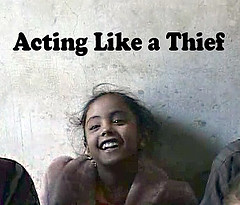Since we launched Savage Minds in 2005 the only time there were ads on this site was the short time last year between when we moved to WordPress.com for hosting and when we paid to turn them off. We apologize for that. The fact is that most of us use ad-blocking software so we didn’t notice the ads until they were pointed out to us and then we promptly got rid of them. We don’t intend to put ads here, and — even though we all put in a lot of work (and money) behind the scenes to keep the site going — we aren’t asking for your support…
OK, enough with the “we.” Although this is a group site and we make all major decisions (including posting this request) together, this is very personal for me. For the past three months I’ve been working non-stop behind the scenes to move to a new server, restore the archives, and redesign the site. If you paid a professional to do this kind of work it would cost at least $2,000, and maybe as much as four times that. I did it because I care about this site. If you also value this site and the work that goes into it, I’d like to ask you to support an organization that is very important to me: Budhan Theatre.
